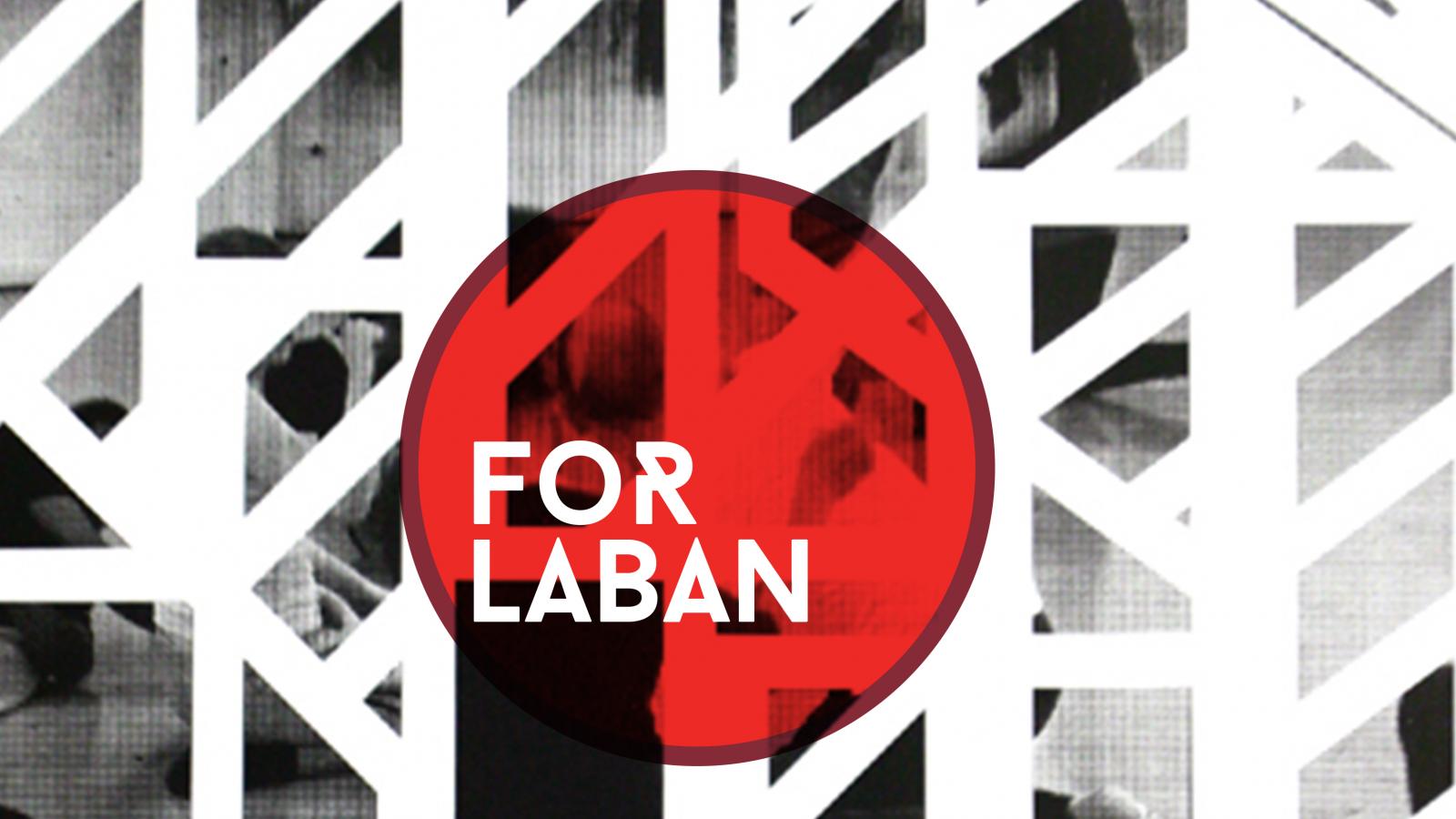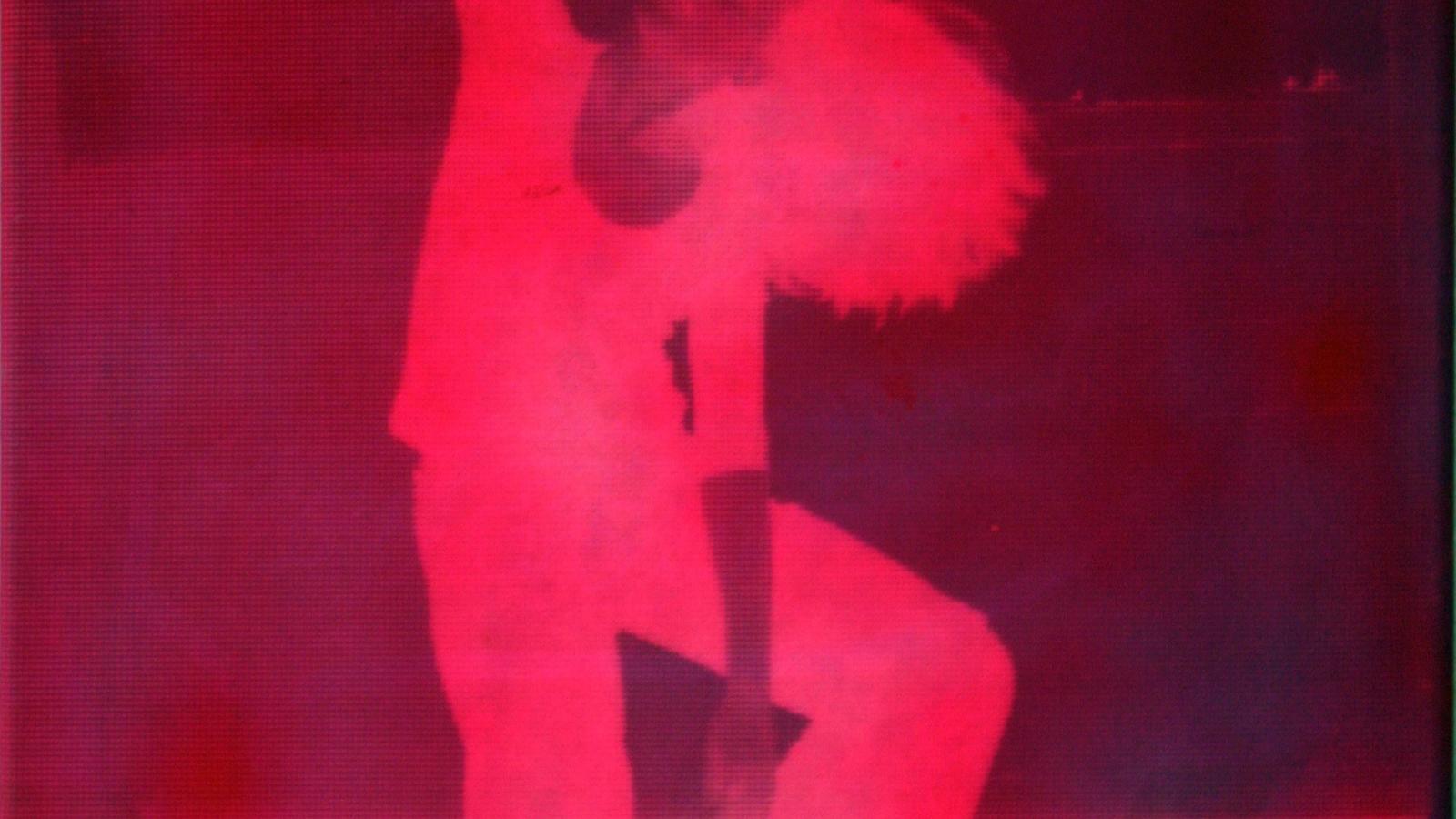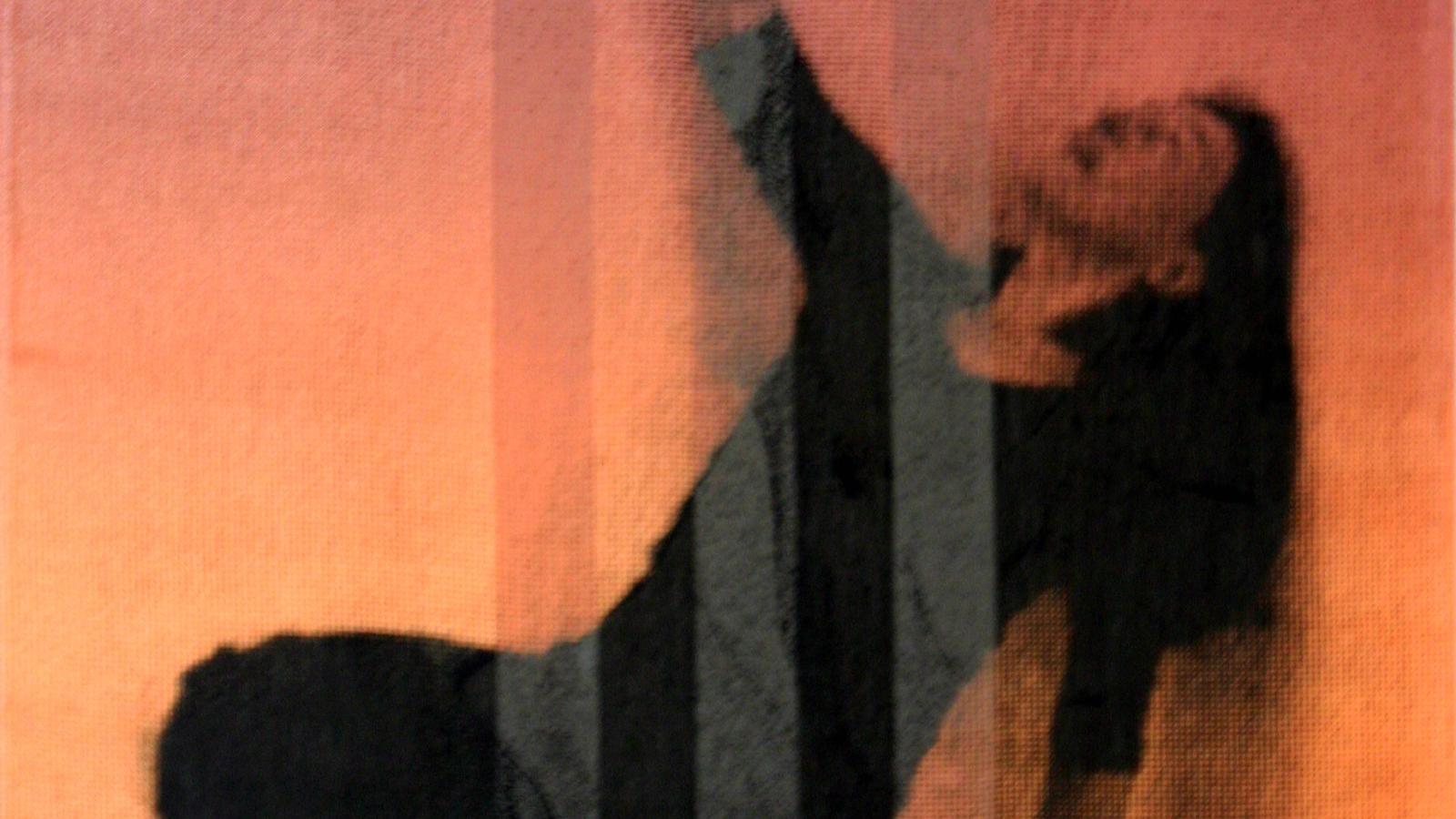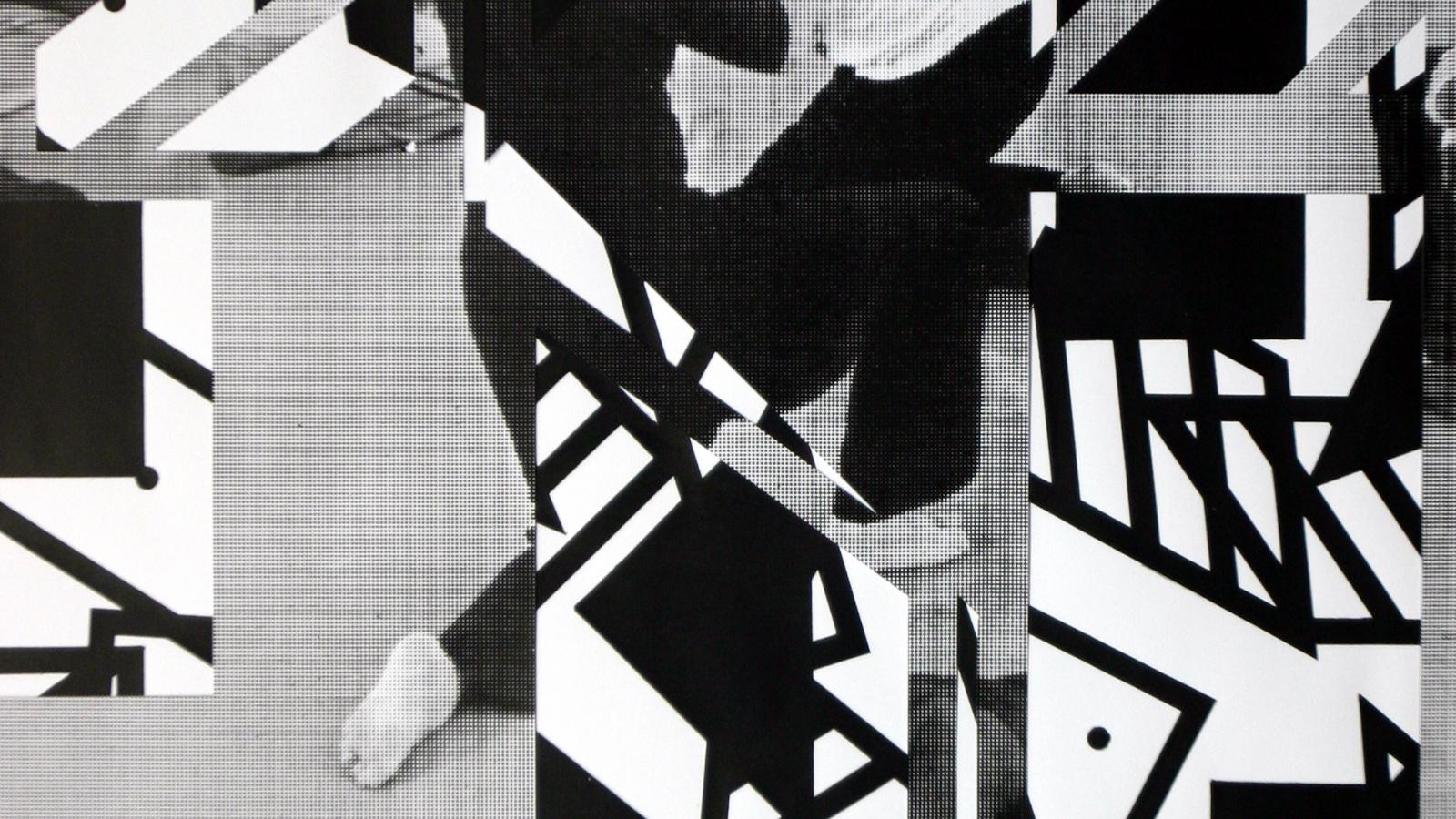
Reception:
Saturday, January 24, 2015, 5-7PM
“As a visual artist I have always been interested in knowing how other artists work with themes like rhythm, shape, and space.” - Jean Kirsten
Since his studies at The University of Fine Arts Dresden in the 90’s, Kirsten has investigated the works of notable performers including composer Carl Orff; theatre artist, Einar Schleef; rhythmic gymnast, Jacques Dalcroze; and dance artist and theorist, Rudolf Laban – who’s work Kirsten is responding to in his exhibition at Urban Arts Space.
Rudolf Laban (1879-1958) was an important force in German Ausdruckstanz or “expressive dance.” He was a dance theorist, educator and choreographer, movement researcher, and inventor of the dance notation system which has been named after him – Labanotation.
Laban developed a system which enables us to identify various aspects of movement, to analyze and express them and to notate them in symbols. Today his movement principles build the basic repertoire for every dancer, choreographer, dance teacher or dance movement therapist. Laban combined his interest in the visual arts and architecture with his fascination for movement and the expressive potential of the human body. He examined the relationship between movement and space. Especially in the neuer künstlerischer Tanz (“the new artistic dance”) movement, he was looking for regularities of inner motivation and outer expression.
Inspired by Laban’s theories of dynamics of movement and the Laban Movement Analysis by dancer and Laban specialist Sabine Fichter, Kirsten began examining and sketching for his own work. The dancestudies series works shown at Urban Arts Space are from his time in London when he attended Fichter’s lectures in Laban Movement Analysis at Metropolitan University. There he took over 400 photographs of the dancers and used the photos as sketches for his screen prints. Kirsten’s paper series incorporate Labanotation space signs. At first glance these works look like abstract paintings, but familiarity with Labanotation reveals information about spatial orientation in the works.
Kirsten and Fichter continued to work together, translating the visual art interpretations of Labanotation into visual dance and back again.
Jean Kirsten was born in Dresden in 1966. From 1990 to 1995 he studied painting and graphic art at the Dresden University of Fine Arts, followed by two years of postgraduate studies (Meisterklasse.) From 1998 to 2004 he was an Assistant Professor at the same university. He has had more than 40 solo shows and participated in 50 group exhibitions in Germany and worldwide.




